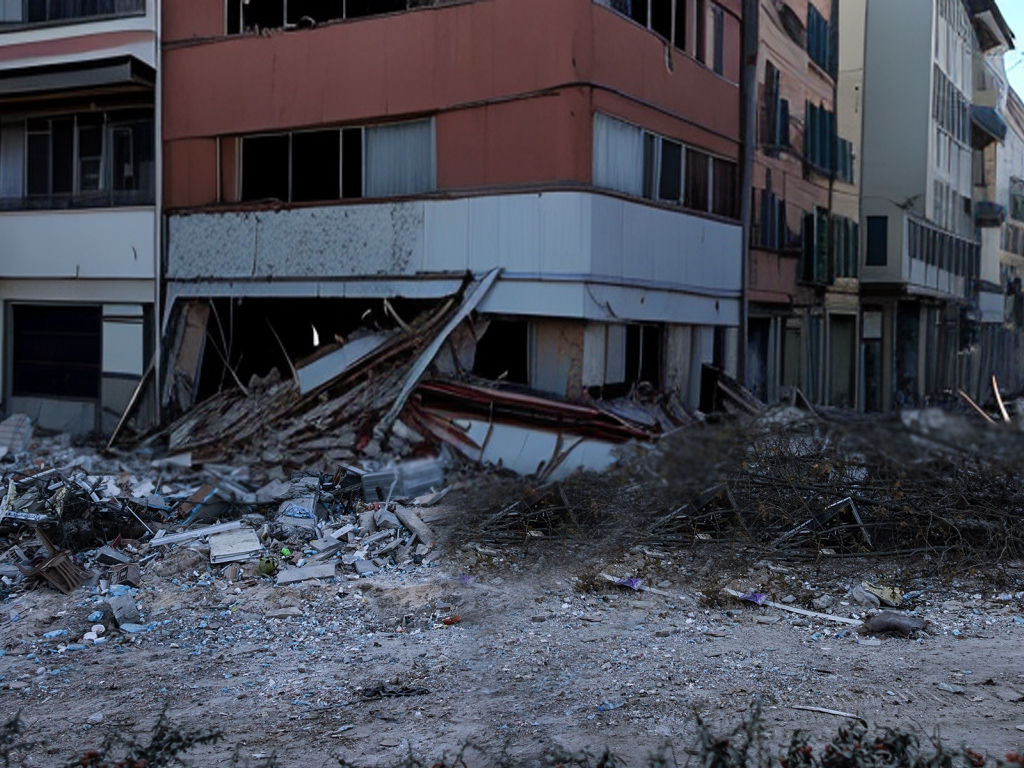
Earthquakes: Three of the most devastating seismic events in history
Magnitude, victims and consequences of three events that shocked the world
Of all the disasters that can happen worldwide, we must never forget the tremendous effect an earthquake can have. It comes in two versions, and both can be very dangerous. What definitively decides the severity of these tragedies are the scales, ranging from the more classic Richter to those that are defined as ‘on the spot’ or perceived by rapid instruments. Over the long years of our planet, we have seen some incredibly damaging earthquakes.
Let us therefore take a look at some of the best of the worst that we can remember today.
Chile earthquake, magnitude 9.5
We begin with an absolutely devastating earthquake in Chile during May 1960. The earthquake killed 1655 and injured 3000, with a mass displacement of as many as two million people. Given the age of the earthquake, HEMS units could hardly be used at the time: not least because this earthquake also caused a Tsunami, which in turn took its victims in Japan and along Hawaii. Following this, the Puyehue volcano erupted, sending dust and ash at least 6 kilometres high. This is certainly one of the worst earthquake-related disasters ever recorded.
Sendai Earthquake, magnitude 9.0
Another tremendous earthquake in 2011, remembered for its intensity and epicentre, is the one that was felt in Sendai – Japan. Although less powerful than Chile, it cannot be belittled at all because of the victims it claimed in its path: with several earthquakes following the main one, several Tsunamis were also released. Nearby nuclear reactors were shut down or reduced in their power, causing panic and other dramatic events. In all, there were more than 10,000 deaths and millions and millions in damage. This event also had a major impact on the country’s hydrogeological risk, which is especially raging today.
Assam earthquake, magnitude 8.6
Another unfortunately rather memorable earthquake is the one in Assam, Tibet. Occurring during the 1950s, this event resulted in the death of as many as 780 people, although it is said that many more people actually died. This is due to the fact that several repeated landslides occurred in the area, affecting numerous villages and roads normally used by all types of transport. The consequences of the earthquake were also felt over long distances, making the arrival of any emergency vehicle impossible.
Although these are only three examples, they are nonetheless very significant: they indicate how an earthquake can be – by its very nature – incredibly devastating.


